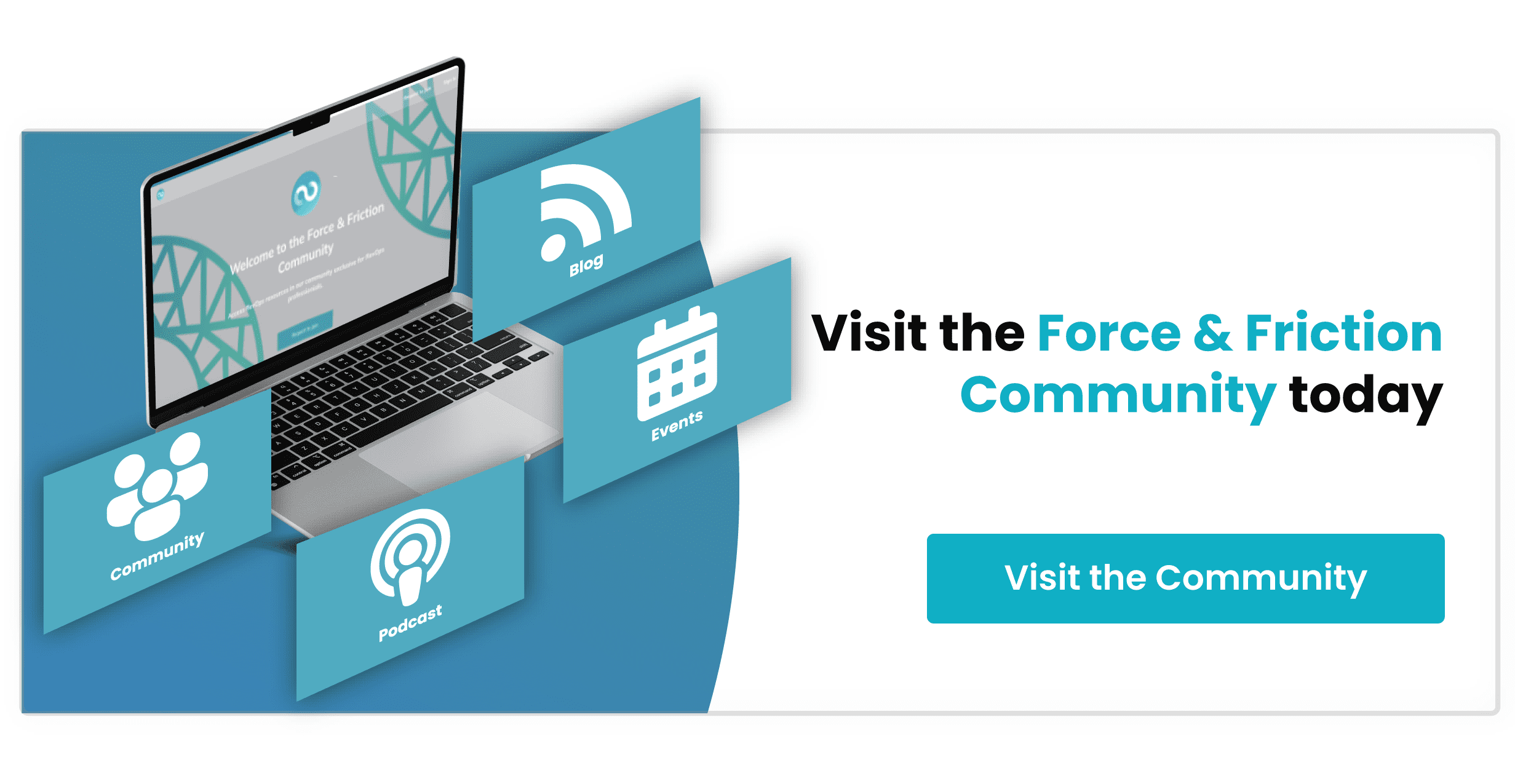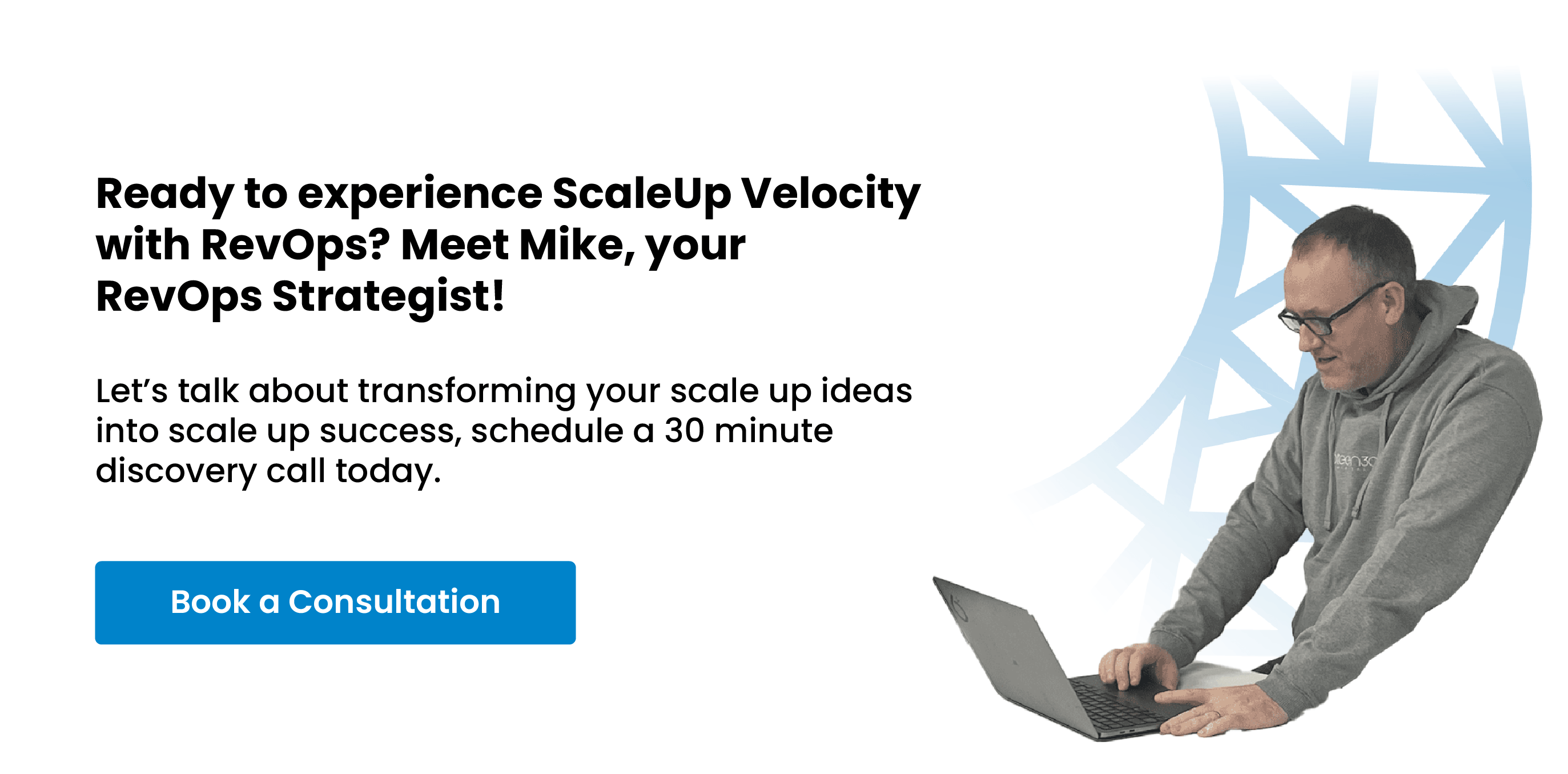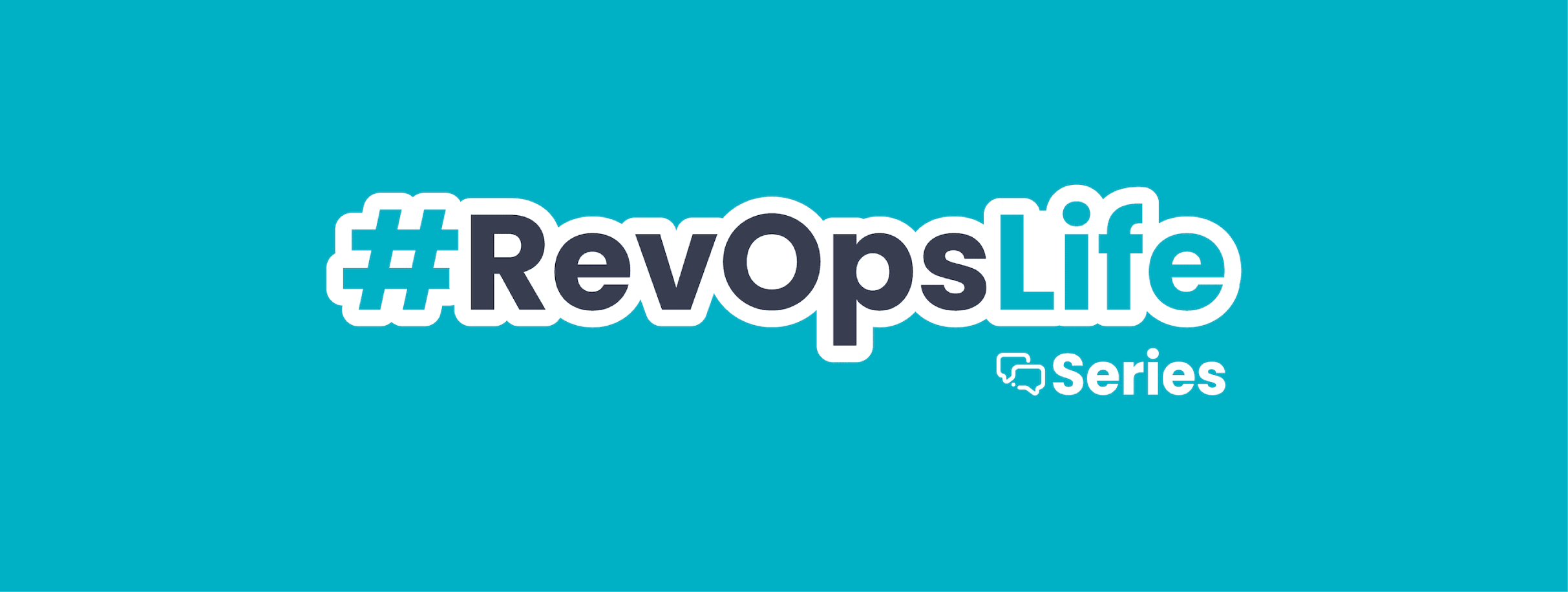
Supercharging Your Revenue Engine: Unleashing the Power of Sales Enablement in a RevOps Framework | #RevOpsLife
As a RevOps Strategist, I regularly encounter organizations struggling to maximize the effectiveness of their sales teams.
Sales pros are creatures in themselves, often highly experienced and once reluctant to change management, even if the alternative closes more deals, lets just say they are skeptics to be polite.
One of the primary reasons they don't reach their full potential is the lack of a well-structured Sales Enablement strategy, sometimes they have a halfway house if they already have a Revenue Operations (RevOps) framework embedded in their organization with some form of enablement although often its sales focused not buyer centric.
In this #RevOpsLife article, we will explore the importance of Sales Enablement in the context of RevOps and how it can revolutionize your sales process, benefiting both your sales teams and your customers.
1: What is Sales Enablement within the RevOps Framework
Sales Enablement is the process of providing your sales team with the necessary resources, tools, and training to close deals more effectively.
When delivered within a RevOps framework, Sales Enablement becomes an integral part of the entire revenue generation process, from marketing to customer success handoff.
This alignment ensures a seamless flow of information and collaboration across all revenue-driving departments, ultimately leading to higher conversion rates and customer satisfaction.

2: What are the Benefits of Sales Enablement in RevOps
Integrating Sales Enablement into your RevOps framework offers numerous benefits for both your sales teams and customers.
For the sales team, it means more effective training, better access to crucial sales assets at each stage of the pipeline, and improved collaboration with marketing and customer success teams.
For customers, it ensures a more personalized and cohesive experience throughout their entire journey providing the right education or supporting information to help them build trust with your rep and organization.
Ultimately it should make it easy for the customer to make a decision.
3: Getting Started with Sales Enablement in a RevOps Framework
I've listed out the five recommendations with some practical tips to help you successfully implement Sales Enablement within your RevOps framework:
1: Align Marketing, Sales, and Customer Success Teams
-
Define shared goals and metrics and create an SLA
-
Establish clear communication channels
-
Collaborate on sales content creation
2: Create a Comprehensive Sales Training Program
-
Assess individual training needs of your reps
-
Use a blended learning approach
-
Monitor progress and provide feedback loops
3: Develop a Sales Asset Management System
-
Organize assets in a central repository by stage of the pipeline
-
Update content regularly with version numbers
-
Encourage cross-departmental collaboration
4: Leverage Technology for Sales Enablement
-
Invest in a sales enablement platform like HubSpot
-
Integrate your CRM system - or better still replace it with HubSpot
-
Utilize data analytics like Databox for continuous improvement
5: Monitor and Optimize Your Sales Enablement Efforts
-
Track key performance indicators (KPIs)
-
Gather feedback from sales reps and customers / lost prospects
-
Iterate and refine based on data-driven insights
How to Identify and Create the Right Assets that Have Impact
Incorporating Sales Enablement within your RevOps framework requires a keen focus on identifying the right assets to support your sales team throughout the buyer's journey.
This involves marketing and sales teams working closely together to create a customer-centric pipeline that aligns with the stages of the buyer's journey, ultimately empowering sales reps to close deals faster and more profitably.
To begin, marketing and sales teams should review and update the buyer's journey, ensuring that it accurately reflects the customer's needs and challenges at each stage.
A typical customer-centric pipeline consists of multiple stages that will need honing down to more accurate descriptions but broadly cover the following:
-
Prospecting Outreach
-
Lead qualification of Inbound
-
Presenting / Quotating solutions
-
Addressing objections and nurture follow up
-
Closing the deal
-
Nurturing the customer relationship handoff
Once the updated buyer's journey has been established, it's crucial you develop and tailor assets for each stage that not only help the customer move forward in their journey but also provide sales reps with the resources they need to effectively guide prospects through the process.
These assets may include marketing collateral such as case studies, whitepapers, and product demos, as well as sales materials like email templates, presentation decks, and objection-handling guides.
By equipping your sales team with a comprehensive set of tools designed to address the unique needs of prospects at each stage of the buyer's journey, you can significantly enhance their ability to engage customers, build trust, and ultimately close deals.
Remember, continuous improvement is key.
Regularly review and optimize these assets in line with the feedback from sales reps and performance data, ensuring that they remain relevant and effective in meeting the evolving needs of your customers and sales team within the wider RevOps framework you have created.
Still Unconvinced? - Sales Enablement in Numbers:
1: A study conducted by the Aberdeen Group found that companies with a Sales Enablement function experienced a 13.7% annual increase in deal size, compared to a 9.2% increase for those without.
Source: Aberdeen Group - Sales Enablement Best Practices
2: Research from SiriusDecisions indicates that sales representatives spend up to 70% of their time on non-selling activities, but effective Sales Enablement can help reduce this non-selling time by up to 40%.
Source: SiriusDecisions - Reducing Time Spent on Non-Selling Activities
3: In a survey conducted by Highspot and Heinz Marketing, 75% of respondents reported that Sales Enablement had a moderate to significant impact on their sales teams' ability to close deals.
Source: Highspot & Heinz Marketing - 2019 State of Sales Enablement Report
4: Research from the Sales Management Association shows that companies that invest in sales training and enablement have a 10-20% higher sales quota attainment rate than those that don't.
Source: Sales Management Association - Measuring Sales Enablement
Common Mistakes and Misconceptions to Consider
When incorporating Sales Enablement into your RevOps strategy, it's important to avoid these common misconceptions and mistakes that can 100% hinder the effectiveness.
Making avoidable mistakes can also have a negative effect on your sales team's confidence - if they see its not working or there are kinks in that they perceive will slow them down, the creatures they are, means they default to what they know historically, which is an area you want to avoid them reverting back towards.
In order to effectively implement a Sales Enablement strategy, it's important to be aware of the common misconceptions and mistakes to avoid. Here are five key points to consider:
-
Assuming Sales Enablement is solely the responsibility of the sales team
Sales Enablement should be a collaborative effort between marketing, sales, and customer success teams. By fostering interdepartmental collaboration, you can develop a more cohesive and effective strategy that benefits the entire organization. -
Neglecting the importance of marketing's role in Sales Enablement
Marketing should be involved in content creation and messaging to ensure consistency and relevance. High-quality marketing collateral is essential for sales teams to present the right information to prospects and customers, enhancing their ability to close deals. -
Failing to regularly update and optimize sales enablement resources
Continuously refine your assets, training materials, and strategies based on feedback and performance data. This will help ensure that your sales enablement resources remain current and effective, enabling your sales team to adapt to changing market conditions and customer needs. -
Overlooking the importance of ongoing training and development
Sales enablement is not a one-time initiative but an ongoing process that requires continuous learning and improvement. Invest in regular training programs, workshops, and coaching sessions to keep your sales team up-to-date with the latest product information, market trends, and sales techniques. -
Ignoring the role of technology in Sales Enablement
Utilize cutting-edge tools and platforms to streamline and automate various aspects of the sales process. This can include CRM systems, sales engagement platforms, and e-learning solutions- or the all in one HubSpot CRM Suite professional or Enterprise hubs. By leveraging technology, you can provide your sales team with valuable insights, improve collaboration, and reduce the time spent on administrative tasks, allowing them to focus on what they do best – selling.
Conclusion
In conclusion, the integration of Sales Enablement into your RevOps framework is crucial for your organizations if it is looking to supercharge its revenue engine and drive sustainable growth.
By implementing a well-structured Sales Enablement strategy, your businesses can empower its sales teams with the right resources, tools, and training to close deals more effectively and efficiently.
This not only leads to improved sales performance, but also nurtures stronger customer relationships and fosters a customer-centric culture within the organization.
The key takeaway I’d like you to focus around from this #RevOpsLife article is that
“A robust Sales Enablement strategy is the catalyst to unlocking your sales team's full potential within the RevOps framework”
Embracing this approach will enable your organization to better align sales, marketing, and customer success teams, creating a seamless experience that drives customer satisfaction and loyalty.
When you invest in Sales Enablement, you're not only making a strategic move towards improved revenue performance, but you're also setting the foundation for long-term success in an ever-evolving business landscape.
If you would like to learn more - schedule a no-obligation consultation with me personally, I'd love to learn more about your objectives and goals.








%20-%20Teal.png?width=500&height=130&name=Force%20%26%20Friction%20-%20Branding%20-%20Logo%20(White)%20-%20Teal.png)